Last Updated
Tulum’s renowned Archeological Zone will soon offer travelers even more Mayan history with the opening of two new monument areas that have thus far been closed to the public.
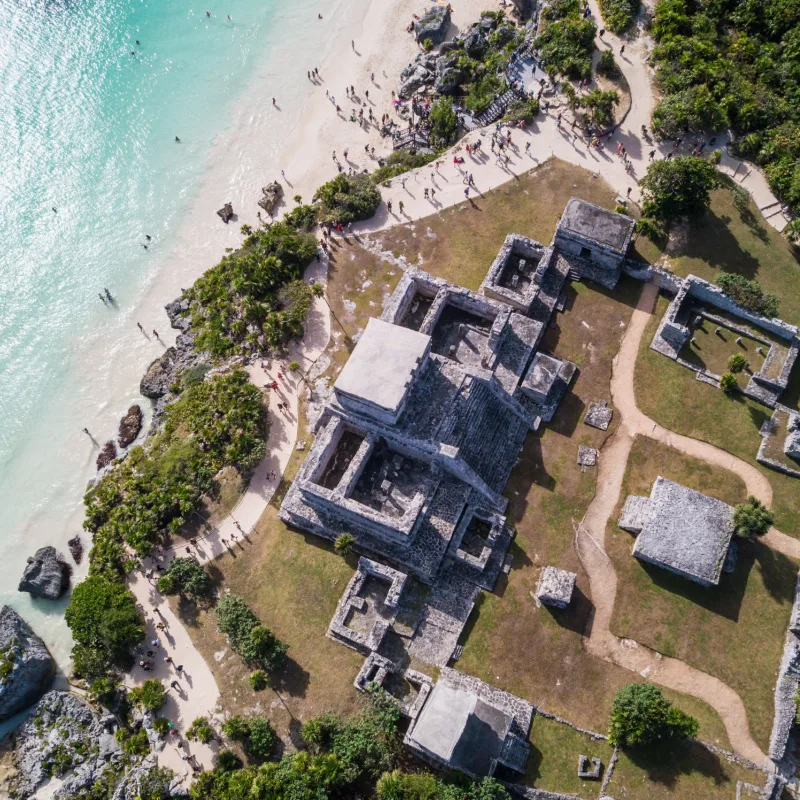
The new archeological sub-areas have remained off-limits for visitors, but this is set to change as officials continue to implement the Archeological Zone Improvement Program across the Mexican Caribbean.
The initiative is part of a wider framework to prepare Quintana Roo’s numerous Mayan ruins for the arrival of mass tourism with the launching of the Maya train, as well as to bolster efforts to conserve the region’s rich cultural and historical heritage.
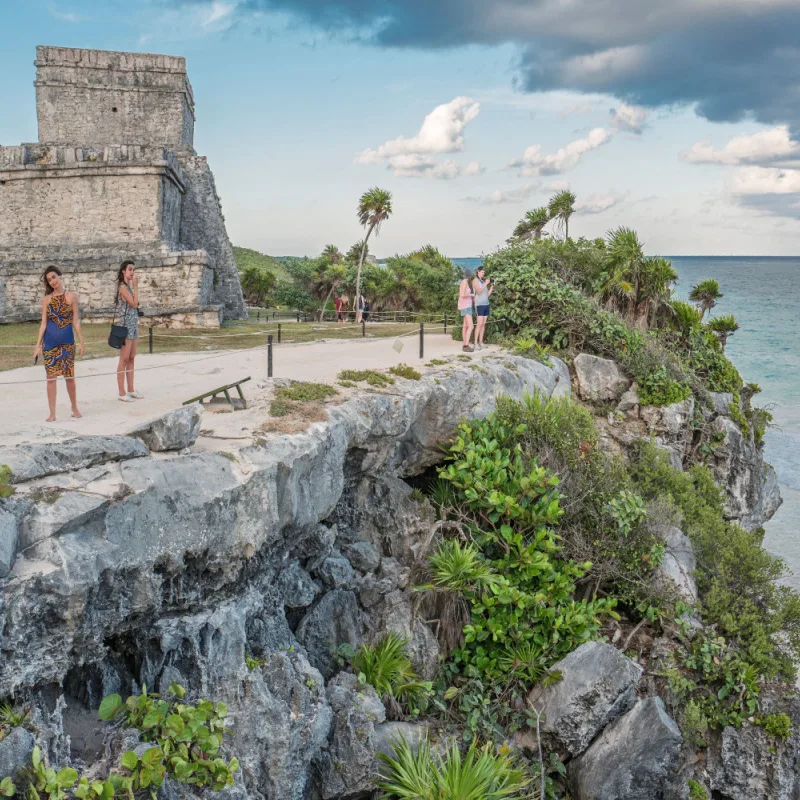
With Tulum’s Archeological Zone set to become larger than ever, here’s the latest on what travelers can expect from the new-and-improved ruins.
More Mayan Ruins To Join Jaguar National Park
Archeologists and environmental officials are hard at work in Tulum’s famous Archeological Zone, where they have been carrying out renovations to several of the area’s key monuments and ruins.
This week, it was announced that two new segments of the Tulum-Tankah ruins will soon open to the public, allowing visitors to delve further into the history of the Mayan civilization.
Top 5 Travel Insurance Plans For 2023 Starting At $10 Per Week
Easily Earn Points For Free Travel
@mekovalentino The Mayan Ruins of Tulum | 101 Visitors Guide #tulumruins #tulummexico #tulumbeach #tuluminati #tulumvibes #ruinasdetulum #thingstodointulum #archeology #mexicotrip ♬ original sound – Meko Valentino
The Tulum-Tankah archeological monument zone is located inside Tulum National Park – a massive 664-hectare protected area encompassing the region’s most visited Mayan ruins, as well as natural wonders like cenotes, rainforests, and white-sand beaches.
The ruins were recently incorporated into the Jaguar Park, a newly-founded protected area that is slated for opening in early 2024 after the launching of the Maya Train.
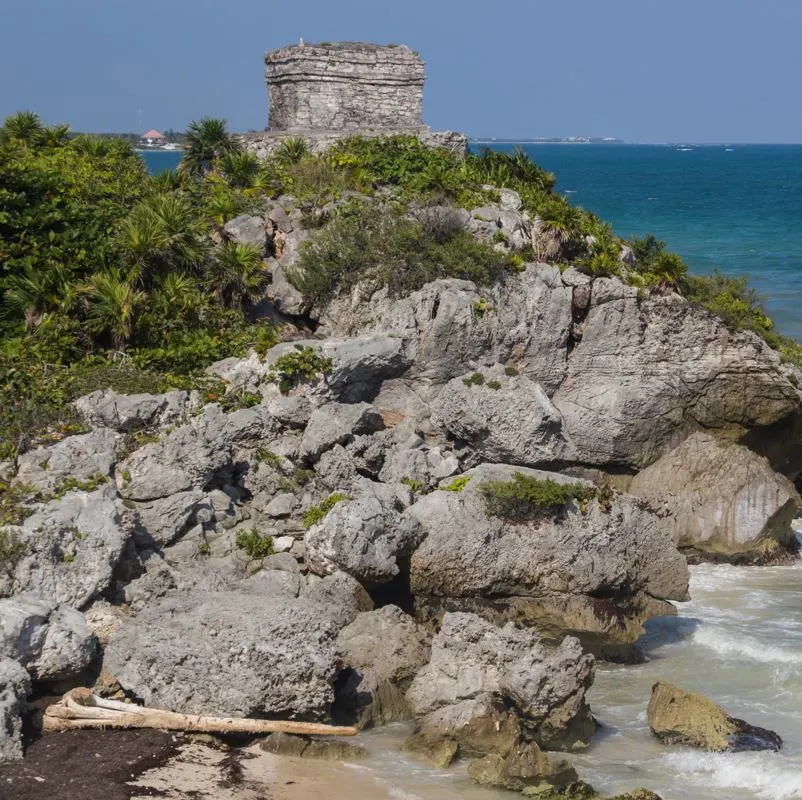
Home to some of the oldest remnants of the Mayan peoples, the Tulum-Tankah area has received a flurry of government investments to improve accessibility and visitor infrastructure over the past year. With conservation efforts wrapping up, the archeological zone will soon open up to the public.
In his weekly press conference, Mexico’s president Andrés Manuel López Obrador, revealed the names of the two new monument areas: Nauyacas and Cresterías. Perched atop Tulum’s hilly coastline, they offer sweeping views of the Caribbean Sea, and much like the rest of Tulum’s archeological zone, they are expected to become a hit among travelers.
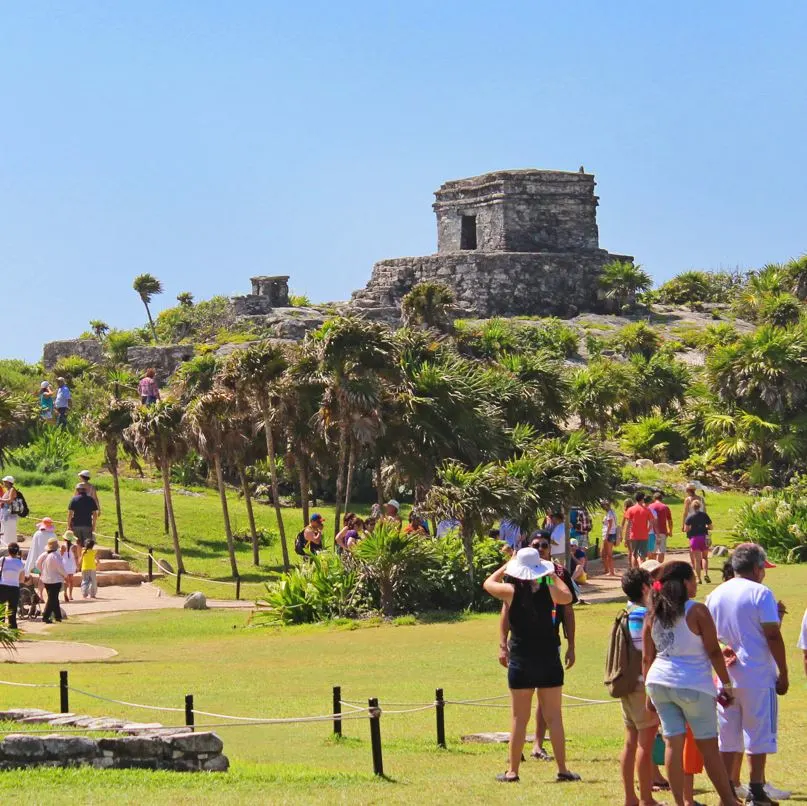
The soon-to-be-opened monuments are located in the northern section of the walled city, occupying structures 55, 56, 57, and 59, which are currently closed to the public. Containing a vast number of relics, artifacts, and other monuments, the new archeological zones reflect the prosperity – but also struggles – of the Mayan civilization before its ultimate demise in around 1450 CE.
Over the past several months, archeologists and environmental experts have worked to remove invasive plant species from the area, as well as add new supportive structures to safeguard ancient ruins.
@kfoshay11 Come explore the Tulum Archeological Zone with me. Tulum is the site of a pre-Columbian Mayan walled city which served as a major port for Coba. The ruins are situated on 12-meter-tall cliffs along the east coast of the Yucatán Peninsula on the Caribbean Sea. #mayariviera #tulum #tulummexico #tulumbeach #mexico #mexico🇲🇽 #bahiaprincipe #bucketlist #mexicocheck #mexicotiktok #tulumarchitecture #tulumarcheologicalsite #maya #mayanjungle #travel #traveltiktok #travellife ♬ Rivera Maya – Transfers
And while officials haven’t revealed the exact opening date of the new Mayan sites, travelers will likely be able to visit them for the first time later this year, around the time when the Maya Train launches in December.
President Obrador also announced the creation of a new Visiotors’ Centre in Juguar National Park, which will also house the brand-new Eastern Coastal Museum, which will showcase the evolution of the Mayan civilization throughout its history.
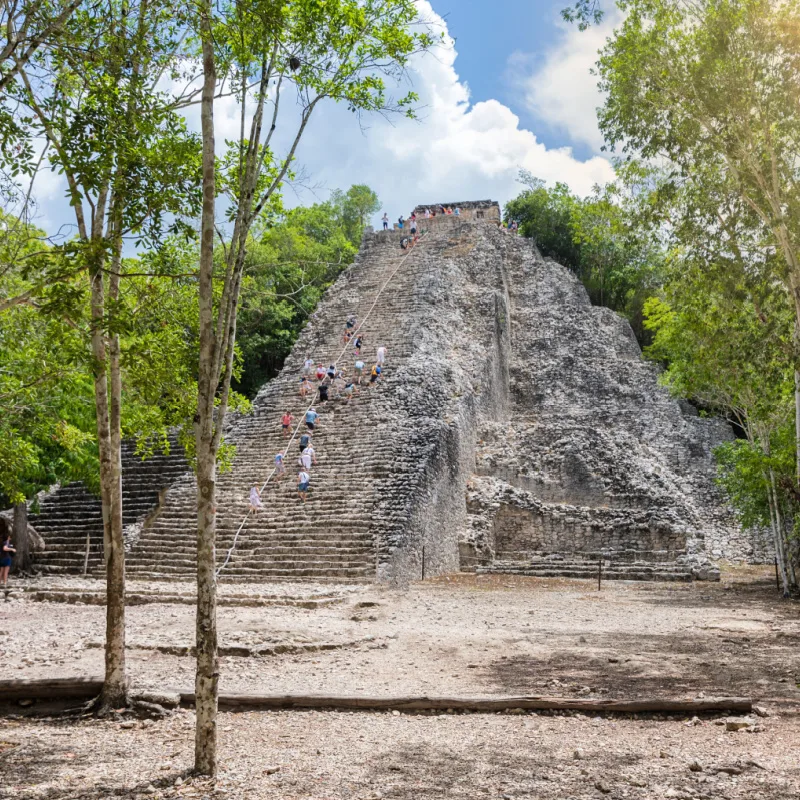
Aside from Tulum’s Archeological Zone, which was recently improved with the addition of new visitor amenities, another Mayan ruin recently opened to the public.
Located some 50 kilometers west of downtown Tulum, the Cobá ruins officially reopened to the public this week after having been closed for over a year. The lesser-known site is home to a massive 42-meter-tall pyramid as well as several other well-preserved ruins.
Plan Your Next Cancun Vacation:
Traveler Alert: Don’t Forget Travel Insurance For Your Next Trip!
Choose From Thousands of Cancun and Riviera Maya Hotels, Resorts and Hostels with Free Cancellation On Most Properties
↓ Join the community ↓
The Cancun Sun Community FB group has all the latest travel news, conversations and tourism Q&A’s for the Mexican Caribbean

Subscribe to our Latest Posts
Enter your email address to subscribe to The Cancun Sun’s latest breaking news affecting travelers, straight to your inbox.
